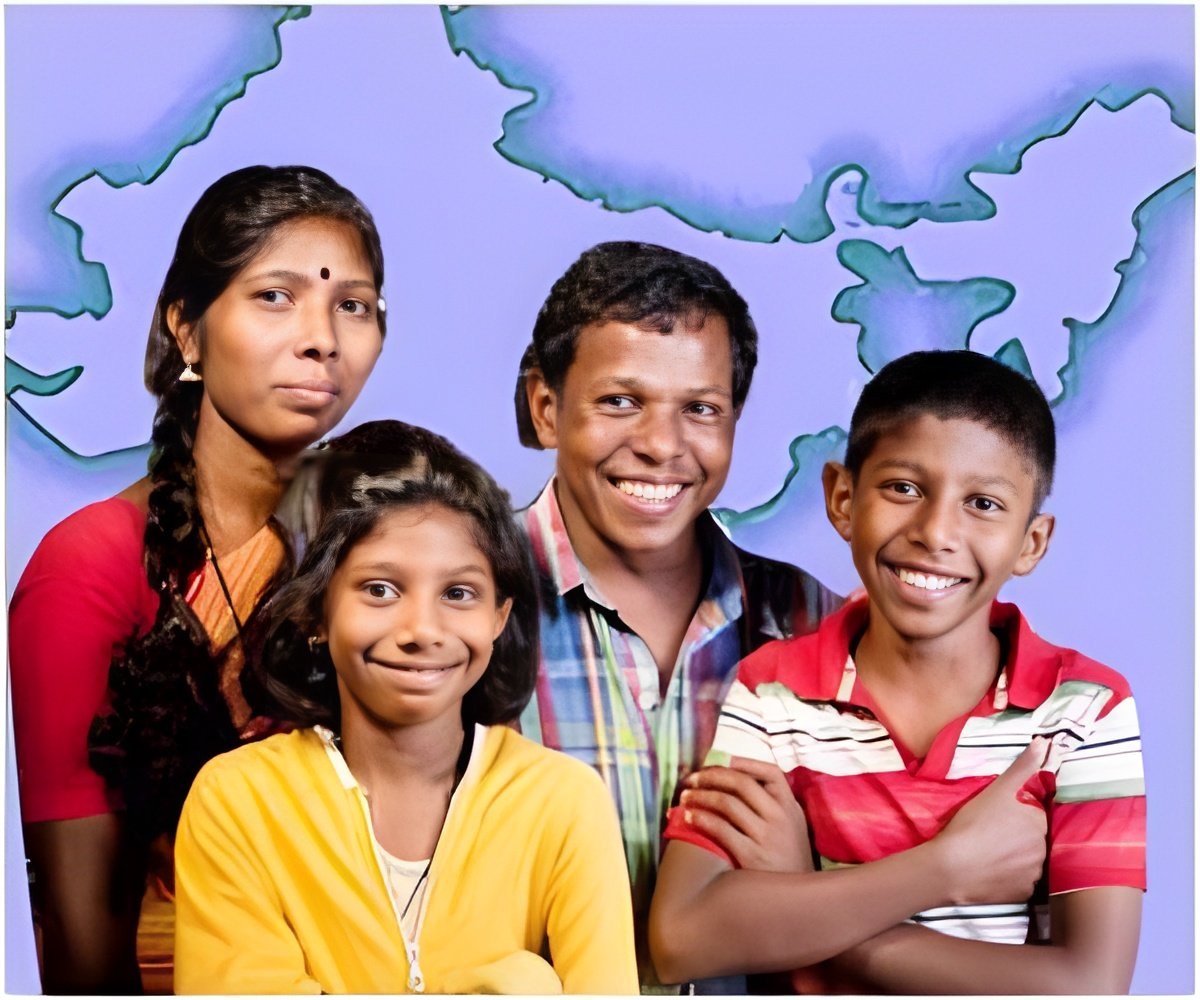2008 Sample Registration System (SRS), survey shows Health of Nation improving as compared to 1998.

For the year 2008 too the sample population of 7.1 million people spread over the country and when compared with the results of the 1998 survey, a healthy trend is evident in India’s changing demography.
The survey for the year 2008 show improved health demographics when compared to a decade previously (1998). The number of live births per 1000 population i.e crude birth rate – shows a 14% decline from 26.4 to 22.8 in the decade 1998 to 2008. In certain states around the country, however, the decline has been even more. Punjab has registered a 23% decline; Kerala and Maharashtra – 20%; and West Bengal, 18%. When absolute numbers are considered, Kerala has the lowest birth rate of 15 per thousand; Tamil Nadu – 16; Punjab – 17; and West Bengal – 18.
These figures become more meaningful when the number of deaths per 1000 population – crude death rate – is considered.The country’s overall death rate has declined by 18%. But in Madhya Pradesh and Rajasthan, the decline has been 23%; in Bihar – 22%; and in Uttar Pradesh – 20%. Looking at absolute number again, West Bengal has the lowest death rate with 6.2 per thousand. In Kerala, Maharashtra, Rajasthan, Gujarat, Haryana, Jharkhand, Punjab and Bihar, the death rate is 7 per thousand.
When we calculate with these figures – take away the deaths from the births, it gives us the natural growth rate of the population. Overall, in the country, the population has declined by 11%. Again, individual states show a greater decline. Kerala and Punjab show a 32% decline in the growth rate of the population; Maharashtra – 23%; Andhra Pradesh, Tamil Nadu, West Bengal – 18%. In Kerala the growth rate was 8 per thousand; in Tamil Nadu – 9; Punjab – 10; and in Andhra Pradesh and West Bengal it was 11 per thousand.
Taking these figures in conjunction with the infant mortality rate – the number of babies up to 1 year of age dying per 1000 live births – shows the trend clearly. The overall infant mortality rate in the country in 1998 was 72 but in 2008 it was 53. The decline was 26%. Again, individual states did better. Tamil Nadu registered a 42% decline with 31 deaths per thousand; West Bengal – 34% decline with 35 per thousand; Maharashtra – 34% decline with 33 per thousand; Orissa showed a 30% decline. In Kerala, the infant mortality rate was the lowest with 12 per thousand. Although some states like Delhi, Jammu and Kashmir, Mizoram, and Meghalaya have actually registered an increase in infant mortality rates, the overall trend is encouraging.
These demographic changes indicate a more stable population with longer life expectations and a better quality of life. Individual states that have yielded encouraging figures show how these positive transitions could take place. West Bengal with its improving rural income, Kerala’s better education levels, Tamil Nadu’s health care schemes, and the competitive economic standards in Punjab – all show how changes can be made for a better quality of life. If other states follow suit, it can be expected that this trend will echo through the whole country. Certain states in the country are lagging behind and need to improve their performance. Like many other things in India there seems to be a divide even in health demographic trends. Health and education are largely state subjects and the central aid for many projects need to be optimally utilized. This perhaps is not happening and better auditing is required. Many ‘Primary Health Centre’ data that are being filled have are not accurate and many records are fudged. However certainly the health of the nation has improved. The Indian sub-continent still lags behind when it comes to comparing it with developed nations; however if certain states are compared individually; their performance is comparable to some of these developed countries and two states that stand out include Kerala and Tamil Nadu.
Reference -
1. http://censusindia.gov.in/Vital_Statistics/SRS_Bulletins/SRS-Bulletin-October-2009.pdf
2. http://www.censusindia.gov.in/default.aspx
Source-Medindia










